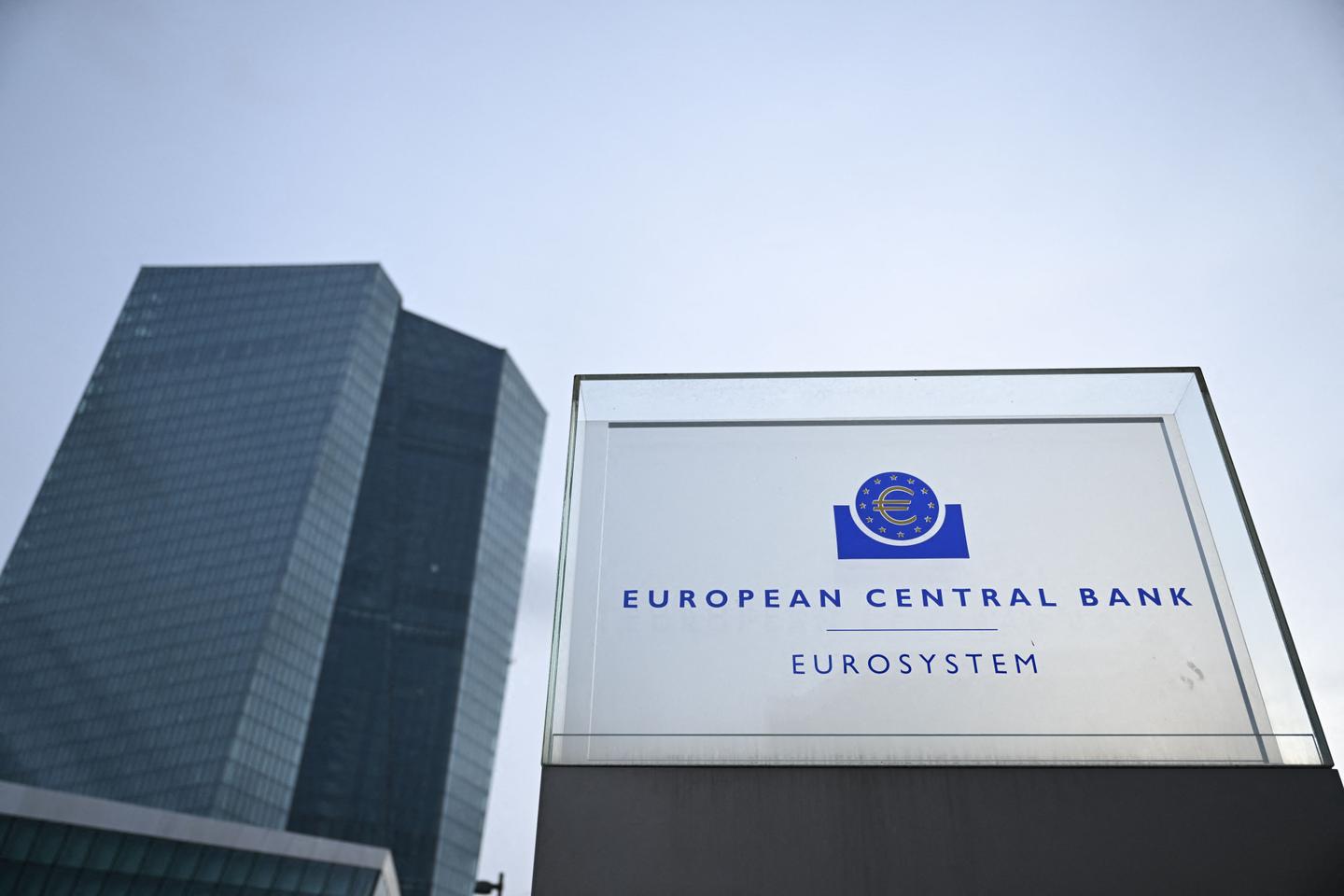


Just when the United States's economy seems to have begun rebounding after the inflationary surge of recent months, Europe's has run aground. In 2023, the gross domestic product (GDP) of the US grew five times faster than that of the eurozone. As it has done in the wake of every crisis, the world's leading economy has demonstrated a resilience that enables it to continue widening the gap with the Old Continent.
Does it make sense to keep talking about the game when we're no longer even playing in the same league? Until the 1980s, the two economies were at rough parity. Since then, we have witnessed a macroeconomic disparity between the continents where the US, in spite of crises, has continued to gain ground while Europe has stalled out. Twenty-five years after the creation of the single European currency, the score has become clear: American growth has more than doubled that of the eurozone. Since 2000, the eurozone has lagged behind the US by 17%.
Recent economic conditions have not helped. The war on Europe's doorstep forced us to do without cheap Russian gas, plunging the Old Continent into a severe energy crisis. The self-sufficient US has weathered the storm better while increasing its exports of liquefied natural gas to Europe. It's also important to consider the outcome of policies implemented on each side of the Atlantic aimed at mitigating the effects of the Covid-19 pandemic. Here again, the balance has been in favor of the US. While Europe offered financial protections in the form of partial unemployment compensation, the US government opted to send a stream of 'stimulus checks' to its citizens. Consumption in the US picked up much more quickly, sending the economy into full swing.
German economic dogma prevails again
The downside of this powerful stimulus was rampant inflation. Europe also faced the same phenomenon. The rise in prices, however, was not due to excess demand, but to external factors, namely soaring gas and oil prices. A rise in interest rates in the US served to cool overheating caused by the consumer boom. The European Central Bank (ECB) could not lower energy prices, but it was highly effective at stifling growth.
The choices made by the US have of course come at a cost: an immense budget deficit, now standing at 7% of GDP. Meanwhile, the eurozone has quickly fallen back within the Maastricht parameter of 3%, with France remaining the exception that proves the rule. Certainly, the 27 member states have avoided the mistakes of the 2011 crisis, when the ECB's fiscal austerity measures plunged the eurozone into crisis. Stimulus packages were rolled out this time, but some of the money has yet to be disbursed and the budgetary brakes have already been reapplied.
You have 55% of this article left to read. The rest is for subscribers only.
